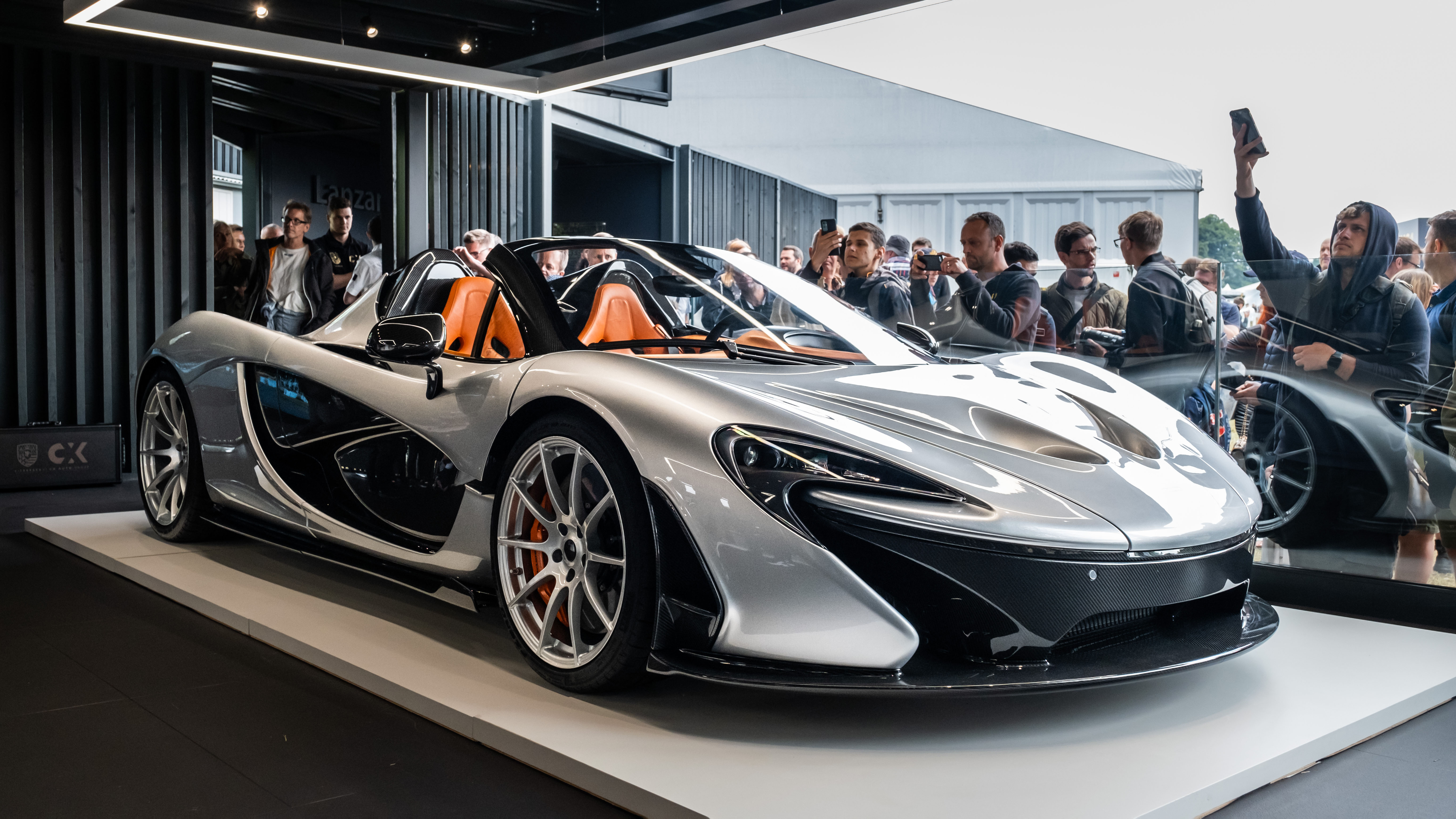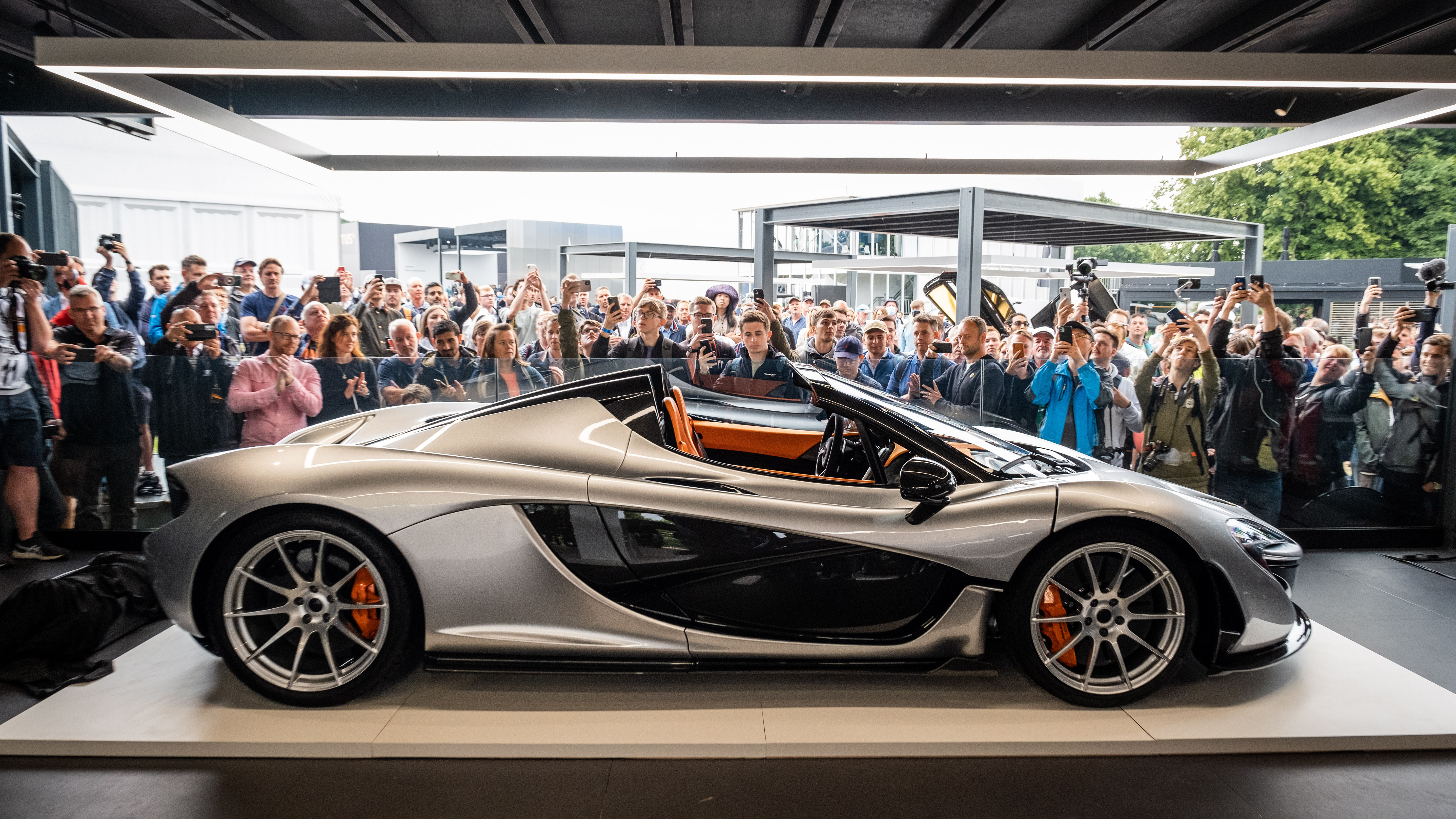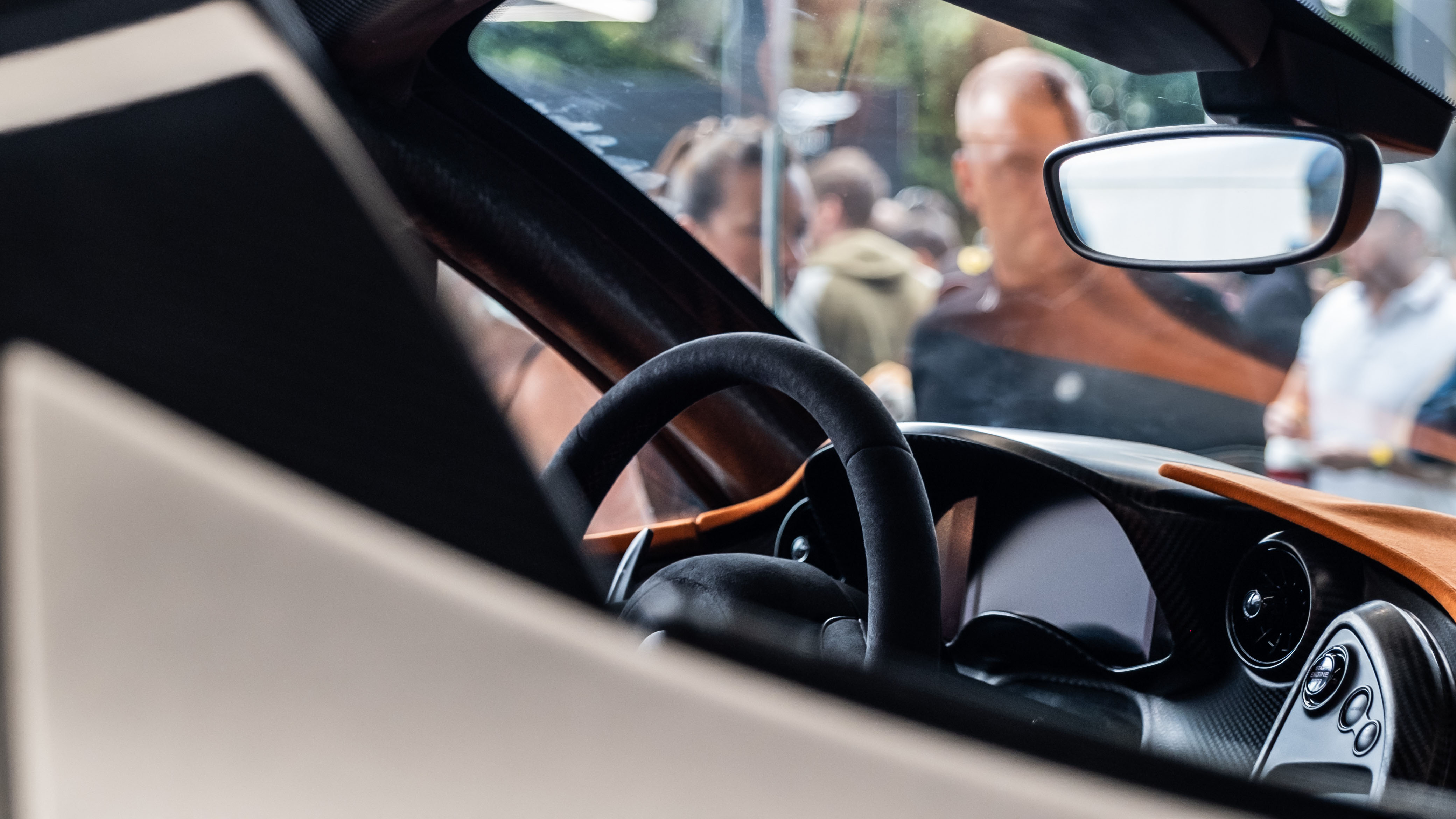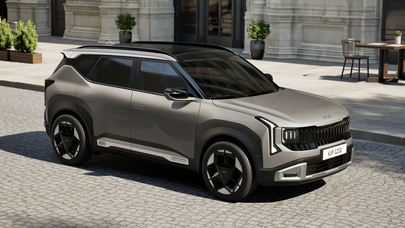
The Lanzante McLaren P1 Spider costs £2.4m
That includes donor 903bhp V8 hypercar, mind. Five being built, and they’re nearly gone
During development of the original McLaren P1, designer Paul Howse remembers working closely with his modeller and playing around with the V8 hypercar’s shapes. “He just turned off the cabin as a [picture] layer [to render a Spider], and we immediately thought we needed to do a P1 Barchetta or something.
“It was so cool,” he adds. “Obviously nothing ever happened with that.”
Until now, and not through McLaren but via Lanzante, the company behind that astonishing P1 GT and – if you rewind a little further – the team that ran F1s at Le Mans with some success.
This is the first of just five P1 Spiders being built, making it rarer than that seminal 2013 hypercar (375 built and sold), and while most of the allocation is nearly all reserved – with the first car due to be delivered by the end of 2022 and the entire run finished by the end of 2023 – Lanzante told TG each one will cost £2.4m.
That includes a ‘donor’ McLaren P1 coupe, though the price naturally drops if a customer is happy to chop up their own car. Entirely unfounded speculation, um, speculates most will get one of these P1 Spiders to match a P1 coupe possibly sitting all alone in the garage.
The drivetrain remains as per the coupe – no mechanical changes whatsoever – which means a 3.8-litre twin-turbo V8 plus electric motor, 903bhp, 664lb ft of torque, 0-62mph in 2.8secs and a top speed of 217mph. If you’ve ever wondered what a 1,395kg, McLaren-shaped sledgehammer looked like, this is it.
Few changes up top, too. “The A-pillar on the coupe is body-coloured, so you’ve got that classic McLaren F1 window graphic that we wanted to try and capture. The way the A-pillar hits the body was very tricky.
“But overall there wasn’t anything really that difficult,” Howse said about designing this Spider. “It’s such a fluid, flowing car, the P1, and it helps that I was involved with it from the beginning. I knew where the lines ran, and I had a picture in my head. The rear deck was quite tricky, getting those louvres to work, but nothing too bad. It’s a really fun thing to revisit.”
Indeed, body changes amount to a bit of extra stiffening in the chassis, carbon buttresses in place of the sloping rear roofline, and a new engine panel showing off more of that V8. “It was a real honour to do it,” Howse added, “and hopefully we’ve achieved something that looks like it could have come out of the factory”.
Top Gear
Newsletter
Thank you for subscribing to our newsletter. Look out for your regular round-up of news, reviews and offers in your inbox.
Get all the latest news, reviews and exclusives, direct to your inbox.
Unbelievably, designing the original P1 coupe was Howse’s first project out of university. “My first job was at McLaren, and when my design got picked it blew my mind. It was a very exciting time in my life so going back and remembering what happened [to research the P1 Spider] was very cool.”
Why has it aged so gracefully, we ask? “It’s the organic form language that we were exploring at the time,” he said. “In 2010 when we started the project, most things were putting in hard-edged, sharp design language. We were looking at Formula One cars, but also the natural world, marine life and all the organic forms that are super efficient.
“And actually natural forms are the ones that are most timeless, I think. You look back at the cars of the Fifties and Sixties – things that are genuinely beautiful – and they all have soft organic forms. It’s trying to capture that in a really modern way.”
Trending this week
- Car Review
BMW 1 Series
- Top Gear's Top 9
Nine dreadful bits of 'homeware' made by carmakers










